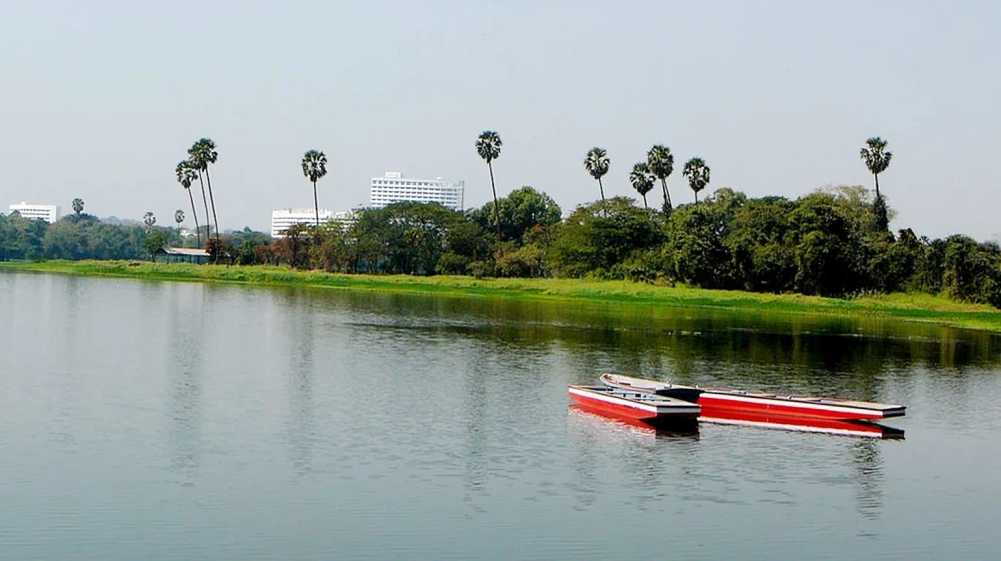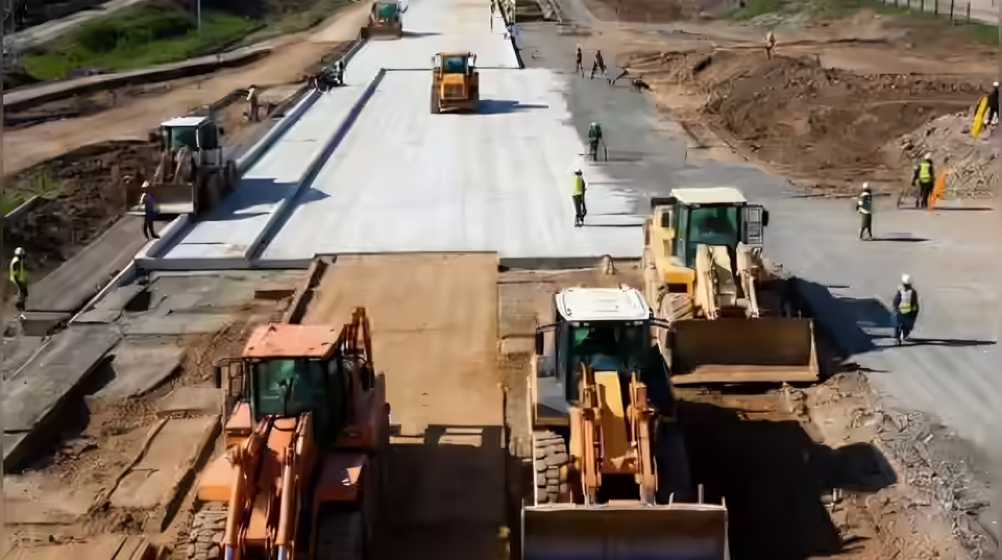July 28, 2025: Once celebrated as a landmark of modern infrastructure, the Mumbai-Pune Expressway is now under increasing scrutiny—not for its speed or convenience, but for its alarming fatality rate. Originally intended to ease travel between two major cities, the expressway has gradually earned a grim reputation as a high-speed death corridor.
While the toll road has generated crores in revenue and contributed significantly to regional development, it has also claimed more than 335 lives in recent years. This growing toll has raised serious concerns about road safety and driver conduct on this critical 90-km stretch.
Despite the installation of hundreds of surveillance cameras and an electronic monitoring system, enforcement efforts have fallen short. Speeding remains rampant, with many drivers exceeding the official limits—100 km/h for light vehicles and 80 km/h for heavy vehicles—by dangerous margins.
The majority of accidents are attributed to preventable causes. These include a blatant disregard for lane discipline—particularly by heavy vehicles—tyre bursts leading to rollovers, driver fatigue, and reckless manoeuvres such as overtaking and sudden lane changes. Although lanes are clearly designated for different types of vehicles, these regulations are often ignored, putting smaller vehicles at heightened risk.
A six-month snapshot paints a sobering picture: the expressway recorded 100 accidents, resulting in 30 deaths, 62 serious injuries, and 53 minor injuries. While the total number of incidents has slightly declined, the severity of crashes remains alarmingly high.
The statistics point to a troubling pattern—one where speed is prioritised over safety and enforcement is inconsistent. Year after year, the expressway continues to endanger thousands of daily commuters, turning what should be a model of infrastructure into a symbol of systemic neglect.
Source: Pune Pulse





